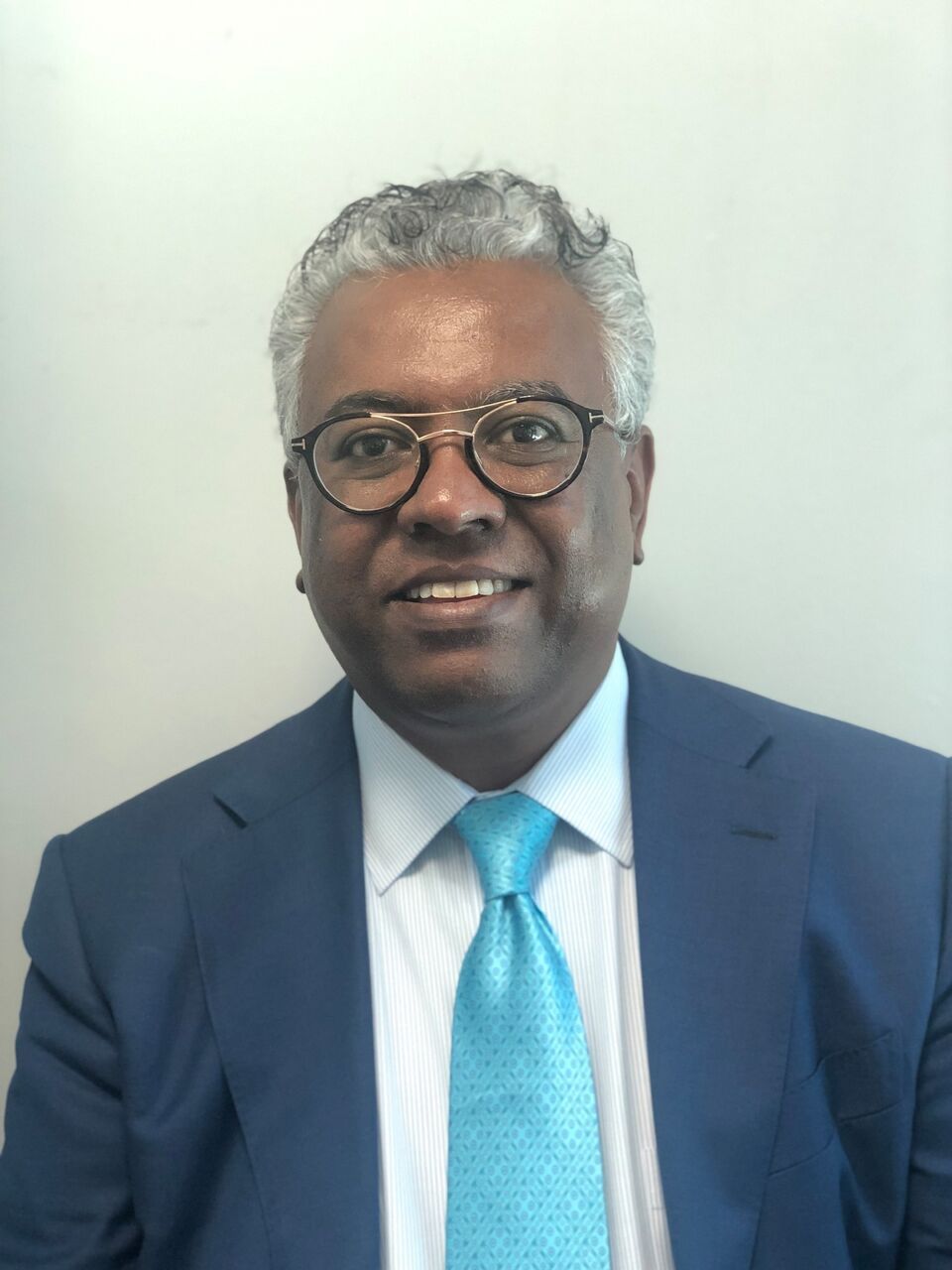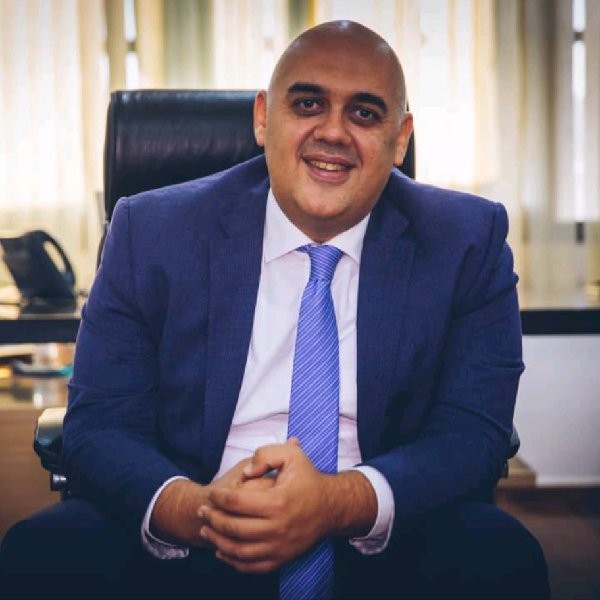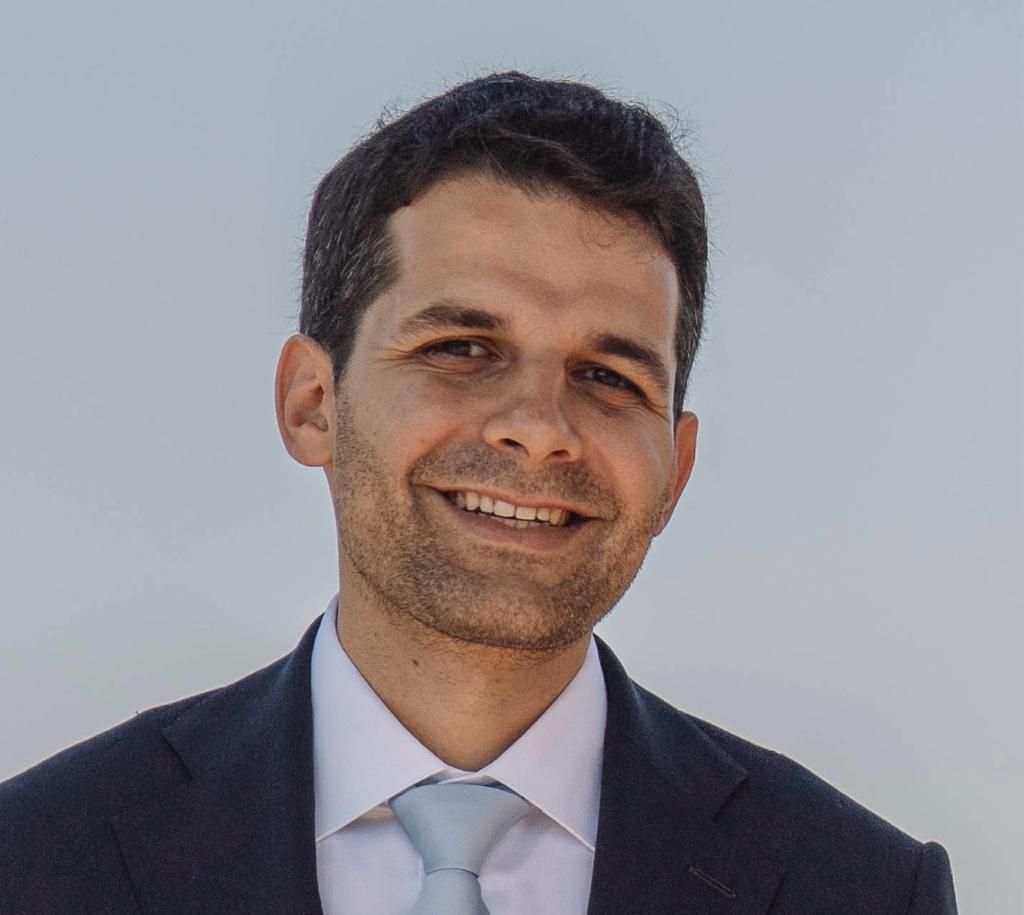-
90 mins
-
90 mins
- Catering &Networking Hall
-
10 mins
- Baobab Room 1 & 2
-
Opening Keynote Speech: John Mongella, Regional Commissioner for Arusha, United Republic of Tanzania15 minsTanzania’s commitment as a regional energy hub.
-
20 mins
- Baobab Room 1 & 2
With B+ sovereign credit rating, how is Tanzania proving to be one of the most exciting energy development markets on the continent?
- Fitch Ratings has announced Tanzania at B+ sovereign credit rating. This reflects a strong macroeconomic performance and a positive outlook for future economic growth. What does this mean for energy investors?
- The country is also making significant strides in the right direction with projects such as the $42 billion flagship LNG export terminal or the 2,115MW Julius Nyerere Hydropower Plant. How will these developments open doors for national and regional energy development?
-
60 mins
- Baobab Room 1 & 2
How is the region preparing for energy collaboration and electricity trade? What regional energy projects are in the pipeline and how will the countries work together to bring these to life?
-
25 mins
- Catering &Networking Hall
-
20 mins
- Baobab Room 1 & 2
How TANESCO is leading market confidence to engage private sector participation?- TANESCO have made an impressive turnaround with their balance sheets. What does this mean for the private sector?
- The government has committed to implementing at least 10 electricity generation projects and start execution preparations for several others during the next fiscal year to produce at least 5,000MW by 2025. What PPP opportunities have these presented?
- How is TANESCO preparing to soak up generation?
-
20 mins
- Baobab Room 1 & 2
Outlook for gas availability and resulting investment opportunities
- The mega LNG project is expected to have a total production capacity of 15 million metric tons per year (mtpa). How will it shape the industry and what is the evacuation roadmap?
- Gas discoveries in areas like Songo Songo and Mnazi Bay, in addition to the offshore blocks 1,2,3, 4/1B and 4/1C, demonstrate immense gas resources in Tanzania. Have there been more recent gas discoveries? What are the investment opportunities this generates?
-
70 mins
- Saba Saba restaurant
-
60 mins
- Baobab Room 1 & 2
Oman and East Africa exchanging lessons for their own renewable hydrogen roadmap
- Oman is putting in gear plans to produce up to 8.5 million tons of green hydrogen by 2050. What strategy is in place to achieve this ambitious target, and what lessons can be exchanged with East Africa’s hydrogen development plans?
-
60 mins
- Baobab Room 1 & 2
Highlighting progress in energy transmission and understanding what framework can be best adopted in Tanzania
- Update on transmission and interconnection projects: the ZTK and the North-East Grid.
- How will the different transmission and interconnection projects shape the national and regional energy sector?
- What does this imply for the private sector?
- What PPP models can be adopted to successfully meet Tanzania’s specific needs?
-
25 mins
- Catering &Networking Hall
-
75 mins
- Baobab Room 1 & 2
How can projects achieve financial close?
- Can DFIs step in to fill the bankability gap in the absence of guarantees?
- What solutions are DFIs presenting?
- Exploring the role of DFIs in credit enhancement.
-
90 mins
-
90 mins
- Baobab Room 1 & 2
- Baobab Room 3
Invitation Only
-
60 mins
- Catering &Networking Hall
-
60 mins
- Baobab Room 1 & 2
What common needs must regional utilities address to enhance power trade in East Africa?
-
90 mins
- Baobab Room 1 & 2
Tanzania's Julius Nyerere project will likely draw significant mining investments due to its capacity to generate reliable energy with a low environmental footprint. What is the appropriate strategy to attract mining investors?
Tanzania’s current competitive advantage with respect to provision of power and cost.
- How the right energy pricing can drive industrialisation.
- Role of cost curves as a driver of resource economic.
- Financing structures to support mining decarbonisation.
-
90 mins
- Baobab Room 3
Tanzania is incredibly rich in gas, as shown by the numerous discoveries in more than six large on-shore and off-shore regions. What are opportunities and plans for its use?
- Given the large quantities of gas discovered in the country, what is the current roadmap for making gas projects financially viable?
- What role does industrialisation play in this context?
- What opportunities will the Tanzania-Mombasa and Tanzania-Zambia natural gas pipeline generate?
- The use of CNG could represent a solution to increasing fuel prices and it would support the country’s energy transition. What are the current plans for CNG use?
-
20 mins
- Catering &Networking Hall
-
90 mins
- Baobab Room 1 & 2
Bringing Tanzania’s renewable energy projects to financial close.
- Tanzania has some of the best wind and solar potential on the continent. What solutions will help projects reach financial close?
- In June 2023 Tanzania entered into an agreement to construct the country’s first solar PV project for national grid integration in the Shinyanga region. How has the project come to life?
- Meridiam’s acquisition of the Rift Valley Energy Tanzania (RVE) – how was the project structured for success.
-
90 mins
- Baobab Room 3
Tanzania has ambitious plans to play an important part in connecting the region with several projects already in the pipeline.
- What does the regional energy trade map look like?
- Tanzania-Zambia-Kenya, Tanzania-Mozambique, Tanzania-Uganda. How will these interconnectors support the growth of a regional energy hub? How are the projects moving forward?
- SAPP and EAPP transmission integration – what does the road map look like?
- What financing models can be implemented?
- What regulatory frameworks could support regional interconnection?
-
70 mins
- Saba Saba restaurant
-
90 mins
- Baobab Room 3
Investing in Efficiency: Tanzania's Clean Cooking Revolution & the Power of Innovation
- What impact do Minimum Energy Performance Standards (MEPS) have on the deployment of efficient technologies and the overall transition to clean cooking practices?
- What investment opportunities exist for the private sector in the realm of clean cooking, and how can they be leveraged for sustainable development?
- Are there untapped opportunities for further collaboration and innovation in the realm of clean cooking and energy efficiency?
- How have off-grid solutions contributed to improving energy access, especially in remote areas, and what challenges and opportunities do they present in promoting clean cooking?
-
30 mins
- Catering &Networking Hall
-
90 mins
- Baobab Room 1 & 2
Cooperation between governments, IPPs, DFIs, multilateral and commercial banks to achieve Tanzania’s sustainable development plans
- Concessional blended finance solutions to suit Tanzania’s needs.
- Example of a successful application of concessional blended finance in energy: South Africa’s Renewable Energy Independent Power Producer Procurement (REIPPP) programme.
-
90 mins
- Baobab Room 1 & 2
With abundant energy generation coming to life, what does the transmission roadmap look like?
- The Julius Nyerere Hydropower project is a dream coming true. What are the energy evacuation plans?
- The 220 kV high-voltage Tanzanian National Grid financed by AfDB, WB, EIB, JICA, Korea EDCF, and the Norwegian (NORAD) and Swedish (SIDA) will play a crucial role in national power transmission. How is the project moving forward?
- What financing model can be applied for national transmission enhancement?
- What are feasibility studies indicating?
-
30 mins


)
)
)
)
.jfif)
)
.png/fit-in/120x9999/filters:no_upscale())
.png/fit-in/120x9999/filters:no_upscale())
)
)
)
.png/fit-in/200x9999/filters:no_upscale())
)
)
)

)
)
)
)
)

)
)
)
)
)

)
)
)
)
)
-(27).jfif)
)
)
.png/fit-in/120x9999/filters:no_upscale())
)

)
)


)
)
)



)
)
)
.jpg/fit-in/120x9999/filters:no_upscale())
.jpg/fit-in/120x9999/filters:no_upscale())
.jpg/fit-in/120x9999/filters:no_upscale())
)


)
)
)


)
)
,-Republic-of-Burundi.jpeg)
)
)